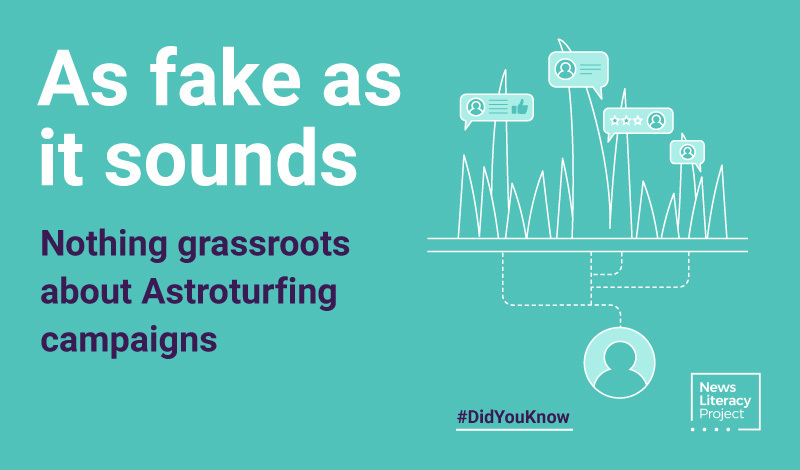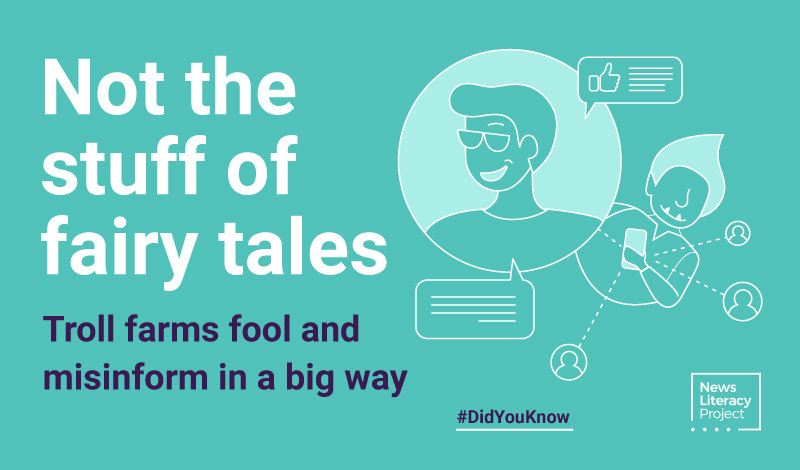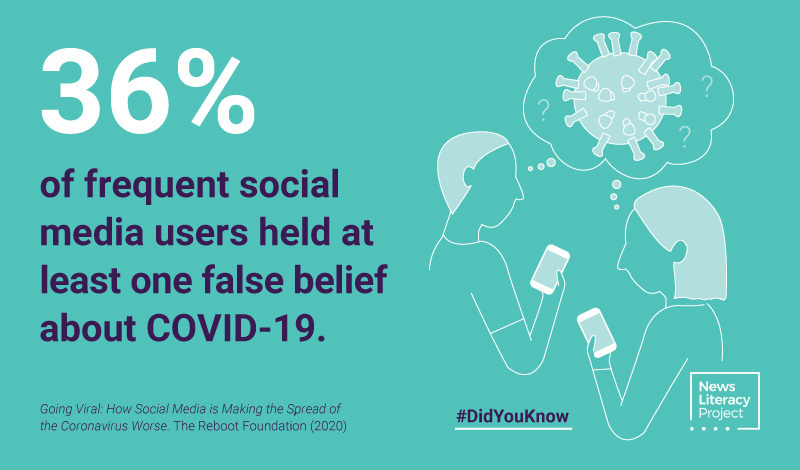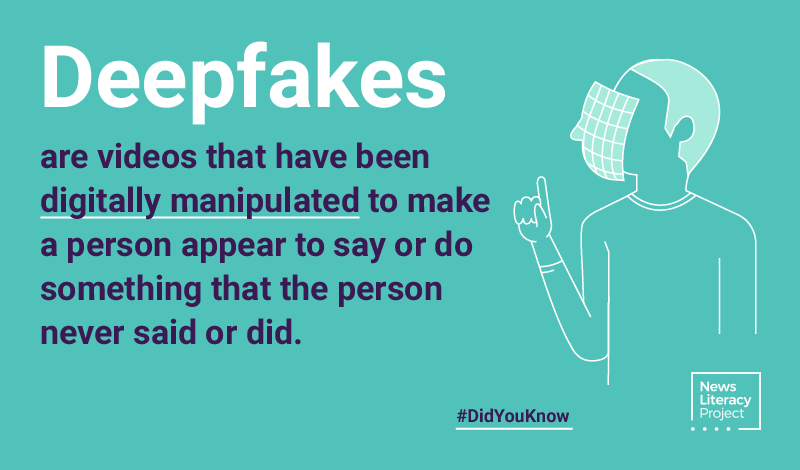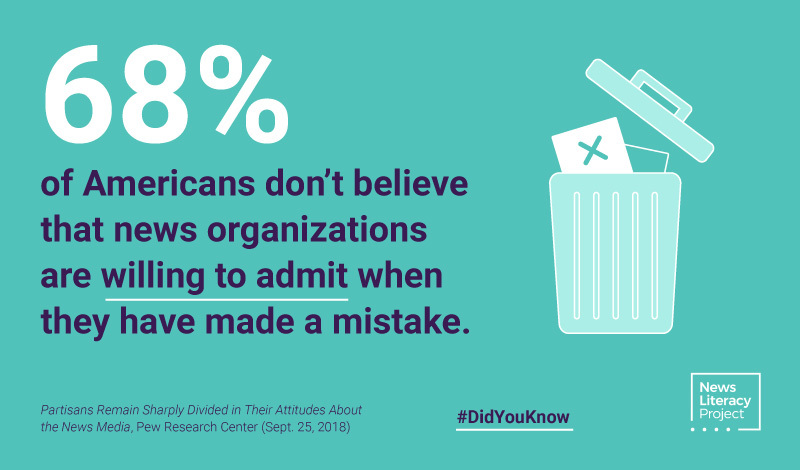
Did You Know?
Young or old, they’re honest in admitting they fall for ‘fake news’
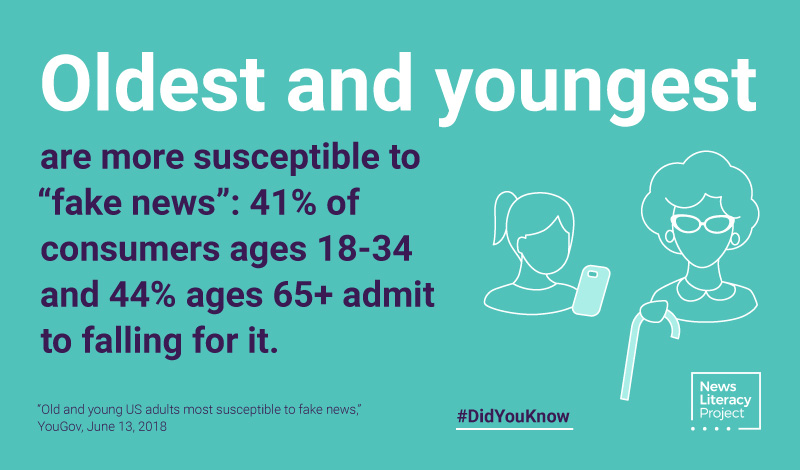
“I admit it: I sometimes think fake news is real, only to find out later it was incorrect.”
You have to hand it to the people who answered that YouGov question in June 2018. By their own admission, they came up short in the news literacy department. In assessing their own habits and foibles, 41% of U.S. adults ages 18 to 34 and 44% of those age 65 and older said that yes, they believed something that they saw online that they later realized was false.
By comparison, that was the case for 37% of those ages 35 to 49 and 38% of those 50 to 64.
That means that those most likely to fall for fraudulent information are either older — or younger — consumers of news, according to YouGov.com, which creates nationally representative online samples from its 2 million online participants in the United States.
But as we look more deeply at whether and how age is related to credulity, the matter may be more complicated when it comes to falling for the false. For example, a BuzzFeed News article published in April 2019 examines how an aging population is grappling with understanding the technology that younger people have grown up with. The studies it cites include (and reinforce) the findings of one published in January 2019 in Science Advances: that during the 2016 presidential campaign, people 65 and older on Facebook shared nearly seven times as many articles from fake domains as those ages 18 to 29.
“It is possible,” the authors of that study wrote, “that an entire cohort of Americans, now in their 60s and beyond, lacks the level of digital media literacy necessary to reliably determine the trustworthiness of news encountered online.”
